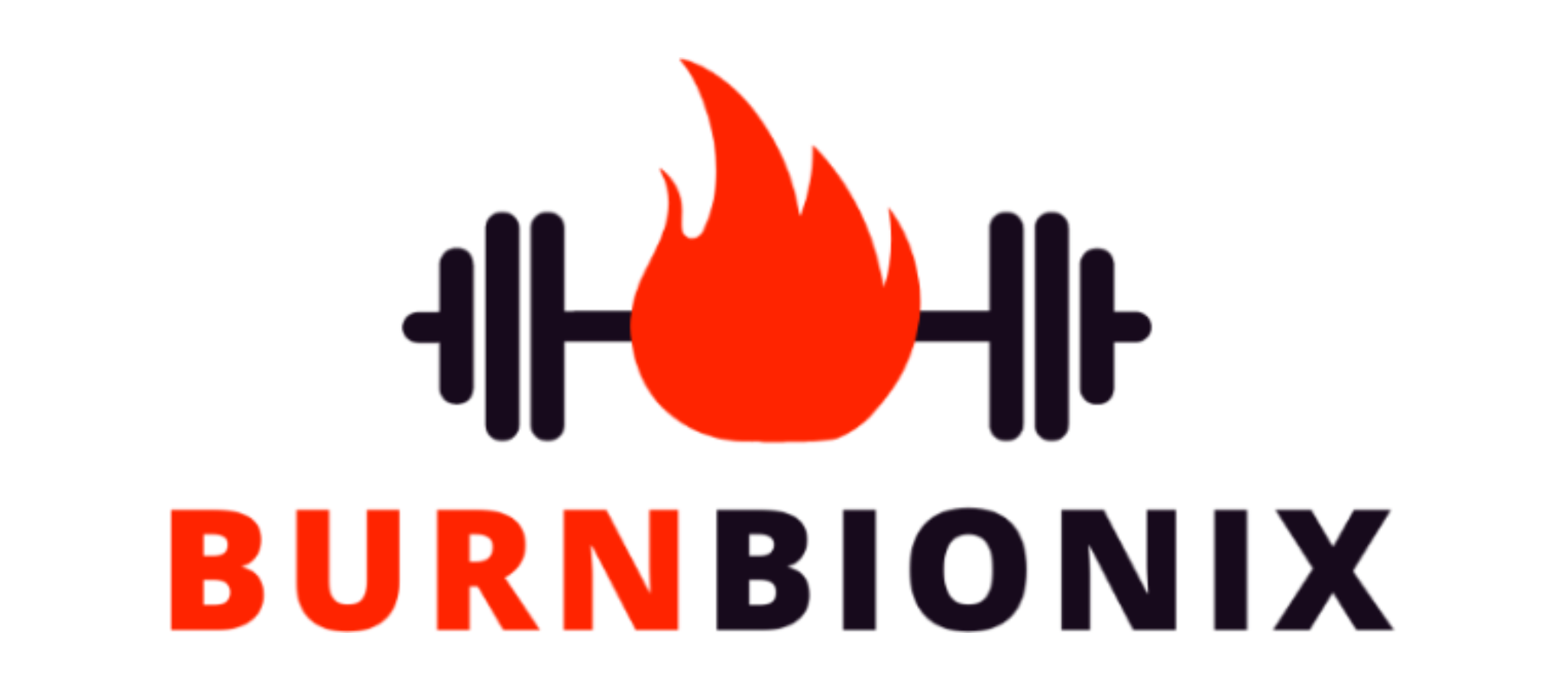Your heart rate, the steady drumbeat of life, is a powerful indicator of your overall health. An elevated or diminished tempo could be your body’s way of signaling a potential health issue. But how do we discern the rhythm of health from the rhythm of alarm? What, exactly, is a ‘dangerous’ heart rate?
In this article, we’ll break down the ins and outs of safe, concerning, and dangerous heart rate ranges so you can better understand the numbers and readings. Ready to learn how to read between the beats?
Understanding Heart Rate Parameters
Your heart rate, aka pulse, is the number of times your heart beats per minute. It’s a key vital sign that indicates how hard your cardiovascular system is working to pump blood and oxygen throughout your body. A “normal” resting heart rate for adults ranges between 60-100 beats per minute on average. Athletes and other very active folks can have quite low resting rates, around 40 bpm. On the flip side, rates lower than 60 bpm may be a sign of an underlying issue like heart disease for the average population.
As a general guide, 60-80 bpm is ideal for most healthy adults. Rates between 80-100 bpm are still considered normal and safe for many. 100+ bpm may start to be concerning depending on the context. Factors like age, medications, activity levels, overall health and fitness all impact your “normal.” Knowing your personal baseline resting rate and how to interpret fluctuations is key.
What Constitutes a Dangerous Heart Rate?
What’s considered a dangerous heart rate depends on the individual. Your age, fitness level, health conditions, and other factors shape your normal range. For the average relatively healthy adult, a heart rate consistently above 100 bpm or below 60 bpm may be cause for concern.
A resting rate over 100 bpm can indicate issues like heart disease, improper heart rhythm, or thyroid problems to name a few. It puts strain on the heart muscle and cardiovascular system. Sustained high rates require evaluation to identify and treat any underlying causes.
On the flip side, a heart rate lower than 60 bpm can also spell trouble. Bradycardia, or a slow heart rate, reduces blood flow. While trained athletes often have very low resting rates, under 60 bpm may indicate electrical conduction problems in the average adult. Low rates can lead to alarming symptoms like fatigue, fainting or dizziness.
Underlying Conditions
Several health conditions can impact heart rate and cause it to become dangerously high or low. Issues with the heart’s electrical system like arrhythmias or heart block can disrupt normal rhythm and conduction. Other heart problems like valve disorders or cardiomyopathy affect the muscle’s ability to pump efficiently. Issues with the thyroid, anemia, blood pressure abnormalities, electrolyte imbalances, and lung diseases can also influence heart rate. Even genetics or structural heart defects can play a role.
In some cases, an abnormal heart rate may be the first hint of an underlying problem. If you experience symptoms like chest pain, pressure, shortness of breath, lightheadedness or fainting along with high or low rates, it’s crucial to seek emergency care right away. Persistently abnormal rates without other symptoms still warrant medical evaluation for diagnosis and treatment to prevent complications down the line. Don’t ignore unusual readings – consult your doctor to determine if they’re related to medications, fitness or something more serious.
Lowering a High Heart Rate: General Tips
If you’re experiencing occasional higher than normal heart rate readings, there are some lifestyle measures you can take to help lower your rate naturally:
Engaging in regular cardio exercise can actually help to lower resting heart rate over time. Aim for 30-60 minutes of moderate aerobic activity at least 3-5 days per week.
Relaxation practices like deep breathing, meditation, yoga, and mindfulness can activate the parasympathetic nervous system to slow things down.
Hydration also impacts your heart rate. Dehydration can cause your heart to work harder, increasing your heart rate. So, keep that water bottle handy!
Certain substances, like caffeine and nicotine, can rev up your heart rate. Limiting or avoiding these triggers can help in maintaining a stable heart rate.
Diet is another key player. A balanced diet, rich in fruits, vegetables, lean proteins, and whole grains, supports overall heart health.
Don’t underestimate the power of a good night’s sleep. Quality sleep is vital for your heart health and can help regulate your heart rate.
Vagal maneuvers are techniques used to slow a fast heart rate. They work by stimulating the vagus nerve, which regulates heart rate. These include simple actions like coughing, bearing down as if for a bowel movement, or immersing your face in cold water. If you often experience a high heart rate, learn about these techniques and use them under your healthcare provider’s guidance.
Final Thoughts
Monitoring your heart rate should be high up on your health priority list! Getting familiar with your normal range is crucial, so you can catch potentially concerning highs or lows. Remember, an abnormally fast or slow resting rate on the regular may signal an underlying issue. Don’t ignore those unusual readings, friends!
Lifestyle tweaks like exercise, relaxation, proper hydration and diet can help naturally improve rapid rates. But if you ever experience alarming symptoms alongside funky high or low numbers, call your doc right away. Fainting, chest pain, breathing issues – don’t take chances with your ticker!
Overall, keep a close eye on those beats and take action when they seem off. Getting heart savvy now helps ensure your extraordinary pump keeps chugging along happily and healthily to power you through each day.









